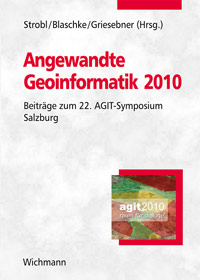Assessing Sediment Contamination in the Buffalo River
Konferenz: Angewandte Geoinformatik 2010 - 22. AGIT-Symposium
07.07.2010 - 09.07.2010 in Salzburg, Austria
Tagungsband: Angewandte Geoinformatik 2010
Seiten: 10Sprache: EnglischTyp: PDF
Autoren:
FORSYTHE, K. Wayne; GAWEDZKI, Adrian; RODRIGUEZ, Peter S. (Department of Geography, Ryerson University, Toronto, Canada)
Inhalt:
In the Great Lakes Water Quality agreement between Canada and the United States, the Buffalo River is listed as an Area of Concern (AoC). Contamination of water and sediment in this area from industrial and manufacturing sources has led to a degraded environment. This study analyzes surface sediment contamination by examining the contamination patterns of arsenic, lead, mercury, and nickel within a section of the Buffalo River. These particular heavy metals reveal the general patterns of contamination within the study area. The kriging spatial interpolation technique as implemented in the ArcGIS Geostatistical Analyst was utilized to generate prediction surfaces. The research shows that the river is highly contaminated by heavy metals. Pollution levels exceed sediment quality guidelines in terms of the Threshold Effect Level (TEL) and the Probable Effect Level (PEL) as defined by the Canadian Council of Ministers of the Environment (CCME).


